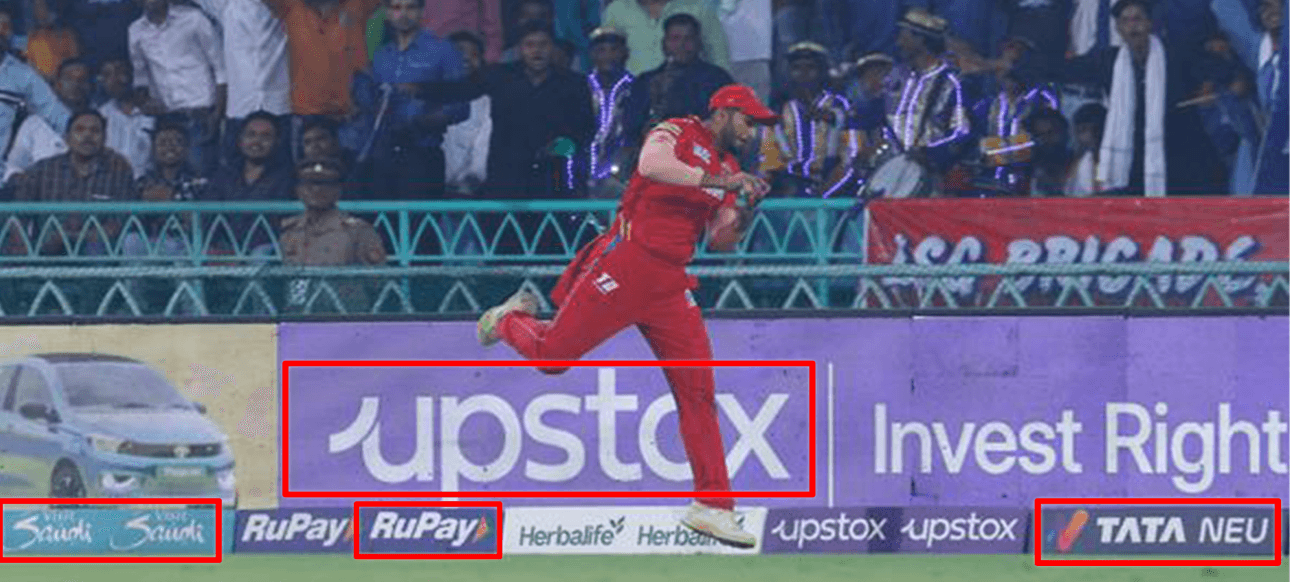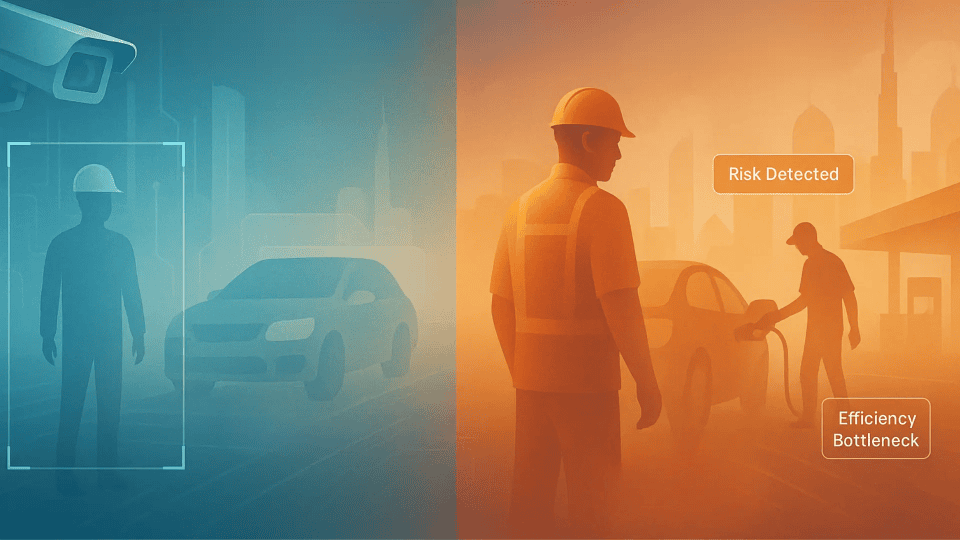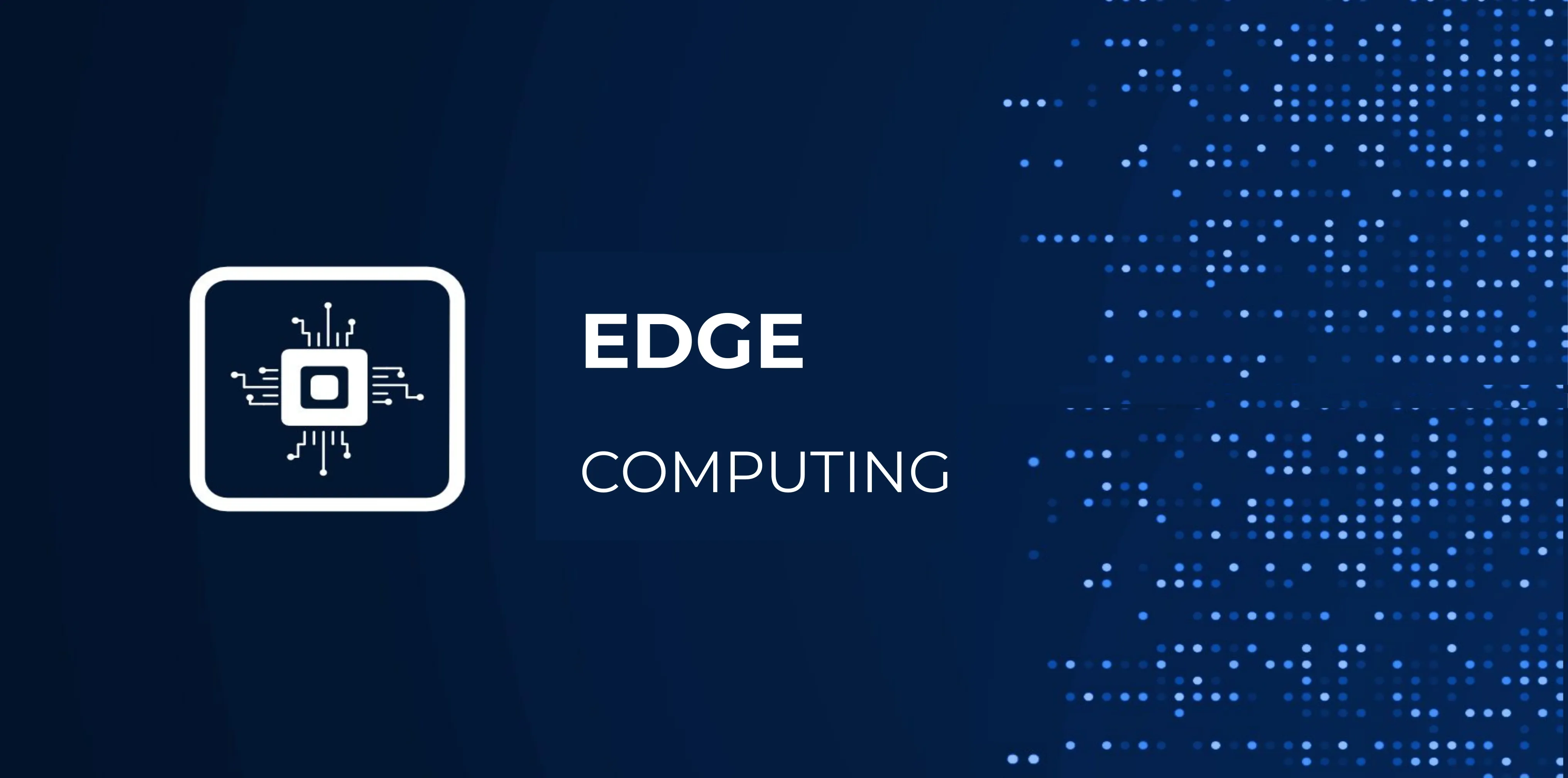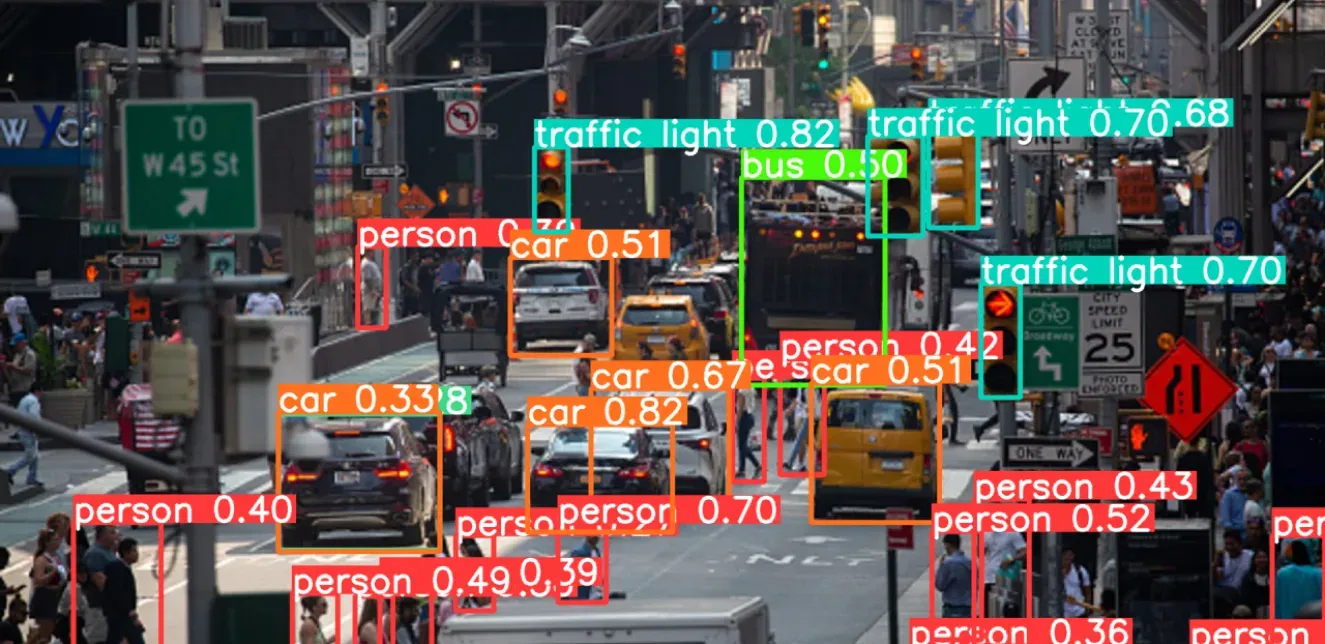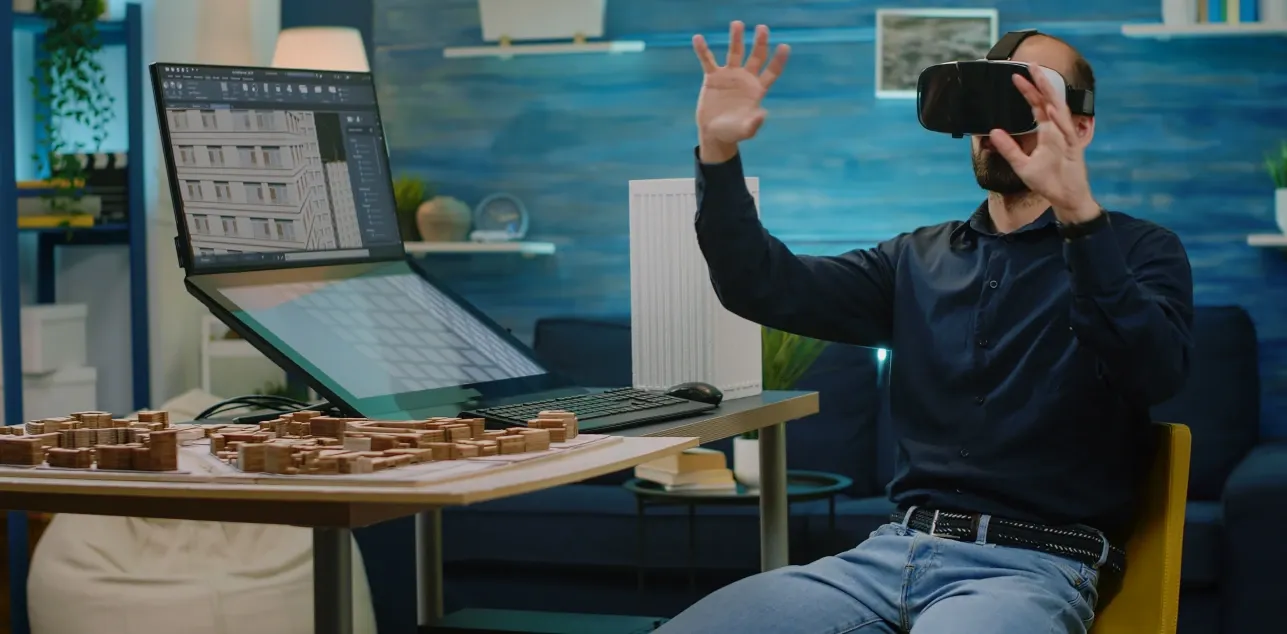In the current hyper-competitive business environment, sponsorship agreements hold immense potential for boosting brand awareness and driving consumer engagement. According to Nielsen, businesses allocate over $50 billion each year for sponsorship expenditure. With constant information overload, simply putting your brand out there won’t guarantee engagement. You need to ensure it’s being seen effectively.
Traditionally, measuring the effectiveness of sponsorships has been a complex task. Accurately measuring their impact can be challenging due to limitations in data collection methods. This often leads to relying on estimates and manual analysis, making it difficult to definitively determine the return on investment (ROI) for sponsorships. Consequently, valuable insights into sponsorship performance have remained elusive. This is where AI steps in, offering a comprehensive approach to sponsorship monitoring through AI-powered brand detection using computer vision.
Turning Sponsorship Data into Action with Computer Vision AI
Computer vision technology goes beyond simply identifying the presence of a brand logo. Its advanced brand detection ability allows it to precisely detect and analyze brand logos in all forms and shapes and track their placements within videos becomes a game-changer for sponsorship monitoring. Processing video content directly enables it to maintain the continuity of brand logo placements across each frame, resulting in highly accurate measurement of screen time for each brand logo placement.
AI has moved sponsorship monitoring beyond the limitations of imprecise figures and subjective assessments. AI-powered brand detection utilizes an advanced combination of computer vision techniques such as object detection and image recognition to pinpoint your brand’s presence within sponsored content. This translates to a wealth of valuable data:
Frequency of Exposure: AI-powered brand detection through computer vision tracks every instance where your brand logo appears during the sponsored event or broadcast. By capturing these appearances, it provides a comprehensive view of total brand visibility, focusing on how often your target audience actually sees your brand.
Duration of Visibility: With precision brand detection, computer vision AI can measure the exact time your brand logo stays on screen, down to the millisecond. The extended duration of exposure directly correlates to a higher perceived value of sponsorship.
Prominence of Placement: Computer vision AI’s brand detection capabilities analyze the size, position, and visibility of your brand logo, including factors like background clutter and logo size relative to the action. This technology identifies each logo’s exact location within the frame, ensuring a prominent placement that captures viewers’ attention and maximizes brand recognition. A prominently displayed, centered logo boosts visibility and strengthens brand impact.
Together, these insights offer a highly accurate picture of your brand’s true visibility within a sponsorship. With computer vision AI’s brand detection, you can move away from guesswork, clearly understanding the ROI associated with each sponsorship.
The Impact of Computer Vision AI on Brand Detection and Monitoring
The computer vision technology focuses on training deep learning algorithms to identify and analyze brand logos across diverse media formats. Here’s a breakdown of the underlying process:
- ● At the core, a deep learning model like YOLO, SSD or CNN is trained on a massive dataset of images containing logos from various brands for brand detection. It learns to recognize the distinct features and patterns that define your specific brand logo.
- ● Once trained, the model identifies potential brand logo appearances within video footage. Object detection algorithms then come into play, analyzing the identified object’s characteristics like shape, size, color scheme, and other visual elements. This rigorous analysis helps confirm if the object truly matches your brand’s logo.
- ● Furthermore, image recognition techniques add another layer of accuracy. By factoring in background elements and potential occlusions (where part of the logo might be hidden), the system differentiates between your brand logo and other visual elements with similar characteristics.
Computer Vision AI's Advantage in Accurate and Real-Time Sponsorship Tracking
The sponsorship landscape is constantly evolving. With AI, you can stay ahead of the curve and future-proof your brand strategy with accurate data.
Accurate Data: Manual analysis is prone to errors due to fatigue, subjectivity, and difficulty in differentiating brand logos in cluttered environments. AI algorithms, on the other hand, consistently analyze vast data based on defined parameters, eliminating human error and ensuring reliable results. AI models continuously learn and improve their accuracy over time as they are exposed to more data. This ensures that the brand detection process remains highly accurate even as logos or branding elements evolve.
Scalability: Manual analysis of sponsorship content becomes increasingly time-consuming and impractical as the volume of data grows. AI-powered brand detection offer unparalleled scalability, effortlessly handling vast amounts of video footage from various sources and ensuring comprehensive brand monitoring across all your sponsorships.
Automated Results: AI automates the entire brand detection process, delivering automated results quickly and efficiently in real-time. This frees up your team’s valuable time and resources to focus on strategic decision-making based on the insights gained from the data and make adjustments to your sponsorship strategy or even identify potential rights violations promptly.
AI-powered brand detection, built on the foundation of integrating artificial intelligence, is the key to providing valuable insights into your brand awareness and audience engagement. It’s a gamechanger for sponsorship monitoring, offering unmatched accuracy, actionable insights, and a future-proof approach to maximizing your brand’s sponsorship ROI.
BrandCut, the AI-powered sponsorship monitoring tool provides real-time logo detection, analysis, and actionable insights for brand managers and event sponsors. Using industry-leading computer vision algorithms, BrandCut accurately detects and measures logo visibility across various media channels, including sports events, corporate gatherings, and social media platforms. Its comprehensive analytics offers metrics like duration, competitor analysis, and quadrant tracking, ensuring brands can maximize ROI by enhancing brand exposure and refining sponsorship strategies. With customizable and scalable solutions, BrandCut adapts seamlessly to meet diverse industry needs, enabling efficient, data-driven decisions to boost brand visibility and sponsorship compliance.
Ready to stop the guesswork and see the true power of your brand in sponsorships? Explore the possibilities of AI-powered brand detection today! To explore how Random Walk can provide your organization with advanced visual AI services and seamless AI integration services, contact us today!
